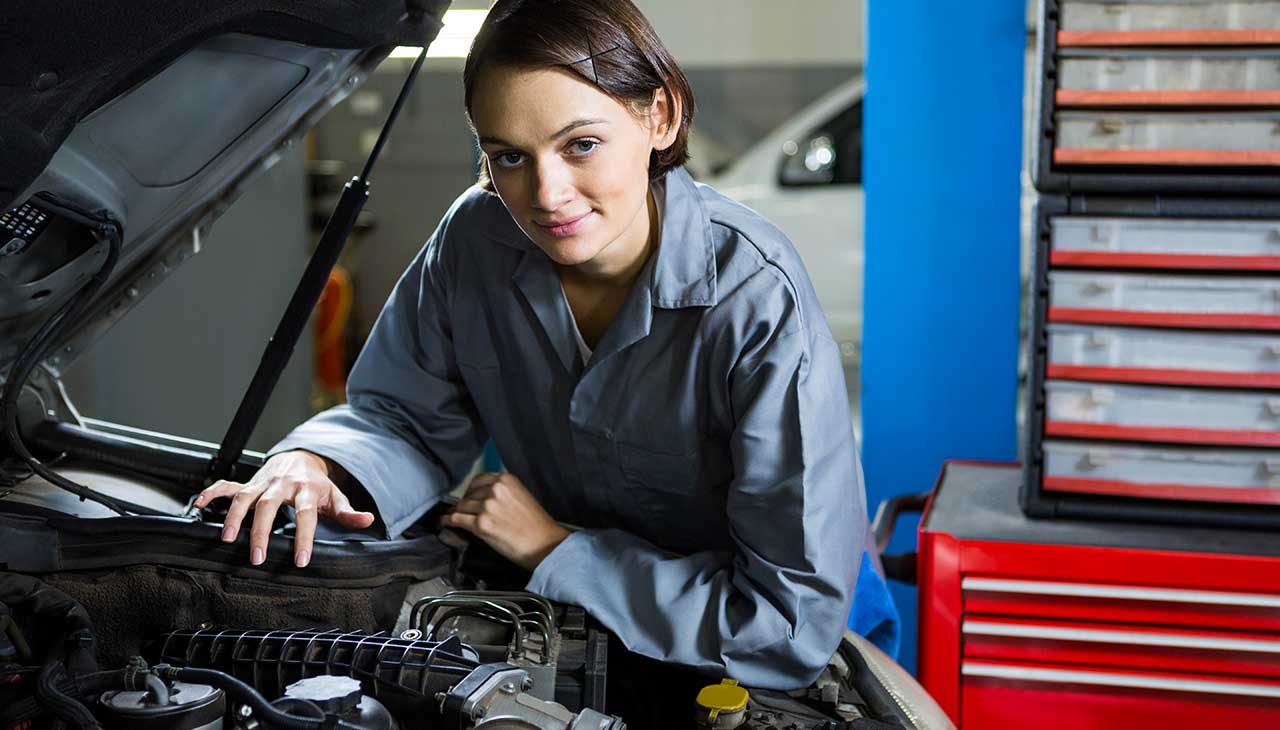Introduction
With the rising costs of professional car repairs and the growing availability of online tutorials, more car enthusiasts and home mechanics are turning to DIY car repairs. Not only does this trend save money, but it also offers a sense of satisfaction and empowerment. This blog post aims to guide you through some of the most common car issues and how to fix them at home, providing you with valuable tips and practical advice.
Essential Tools for DIY Car Repairs at Home
Before you roll up your sleeves and get under the hood, it’s crucial to have the right tools. A well-equipped toolbox is the first step toward successful DIY car repairs. Here are some must-have tools:
Basic Hand Tools
Starting with the basics, you’ll need a set of wrenches, screwdrivers, pliers, and a reliable jack. These tools will help you tackle a wide range of car issues, from changing a tire to tightening loose bolts. Consider investing in a high-quality socket set, as it will make loosening and tightening bolts much easier.
Diagnostic Tools
To diagnose car issues accurately, you’ll need some diagnostic tools. An OBD-II scanner is essential for reading error codes from your car’s computer system. These codes will help you identify the problem quickly and accurately. Additionally, a multimeter can be handy for checking electrical connections and battery health.
Specialized Tools
Depending on the type of repairs you plan to undertake, you might need some specialized tools. For example, if you’re planning to work on your brakes, a brake bleeder kit can be very useful. Similarly, an oil filter wrench will make oil changes a breeze. Research the specific tools required for your car model and the repairs you intend to perform.
Common Car Issues and How to Diagnose Them
Diagnosing car problems can be intimidating, but understanding the common issues and symptoms can make the process easier. Here are some typical car problems and their symptoms:
Engine Problems
One of the most common car issues is engine trouble. Symptoms include strange noises, reduced performance, and the dreaded check engine light. Use your OBD-II scanner to read the error codes and consult your car’s manual to interpret them. Common issues include spark plug problems, faulty sensors, and fuel system issues.
Battery and Electrical Issues
If your car won’t start or the lights are dim, you might be dealing with a battery or electrical problem. A dead battery is often the culprit, but it could also be a faulty alternator or corroded connections. Use a multimeter to check the battery voltage and inspect the connections for corrosion.
Brake Problems
Brakes are vital for your safety, so it’s crucial to diagnose any issues promptly. Common symptoms include squeaking or grinding noises, a spongy brake pedal, or a warning light on the dashboard. Inspect the brake pads and rotors for wear and tear, and check the brake fluid level.
Step-by-Step Guides for Fixing Common Car Problems
Now that you’ve diagnosed the problem, it’s time to fix it. Here are step-by-step guides for some common car repairs:
Changing Engine Oil
Changing your car’s oil is one of the most straightforward DIY repairs. Start by draining the old oil, replacing the oil filter, and then adding fresh oil. Make sure to dispose of the old oil properly.
Replacing Brake Pads
To replace brake pads, first, lift the car and remove the wheels. Then, remove the brake caliper and old brake pads. Install the new brake pads, reattach the caliper, and put the wheels back on. Always test the brakes before driving.
Fixing a Flat Tire
A flat tire is a common issue that can be easily fixed at home. Use a jack to lift the car and remove the flat tire. Install the spare tire and lower the car. Make sure to tighten the lug nuts securely. It’s a good idea to have your flat tire repaired or replaced as soon as possible.
Safety Tips for DIY Car Repairs
Safety should always be your top priority when performing DIY car repairs. Here are some essential safety tips:
Use Proper Lifting Techniques
Always use a reliable jack and jack stands to lift your car. Never rely solely on the jack, as it can fail. Make sure the car is on a flat, stable surface before lifting it.
Wear Protective Gear
Wear safety glasses and gloves to protect yourself from debris and chemicals. If you’re working in a confined space, consider wearing a respirator to avoid inhaling fumes.
Follow Instructions and Guidelines
Always follow the instructions and guidelines provided in your car’s manual. If you’re unsure about a procedure, consult a reliable source or seek professional advice.
When to Seek Professional Help
While DIY car repairs can be rewarding, there are times when it’s best to seek professional help. Here are some situations where you should consider consulting a mechanic:
Complex Repairs
If the repair involves complex systems or specialized tools that you don’t have, it’s best to leave it to the professionals. For example, transmission repairs or engine overhauls are best handled by experienced mechanics.
Safety Concerns
If the repair affects your car’s safety and you’re not confident in your abilities, it’s better to seek professional help. Brakes, steering, and suspension systems are critical for your safety and should be repaired by experts if you’re unsure.
Persistent Issues
If you’ve attempted to fix a problem multiple times without success, it’s time to consult a professional. They have the expertise and equipment to diagnose and fix the issue accurately.
Conclusion
DIY car repairs can save you money and give you a sense of accomplishment. By understanding common car issues and having the right tools, you can tackle many repairs at home. However, always prioritize safety and know when to seek professional help.
We encourage you to share your DIY car repair experiences and tips with our community. Together, we can help each other become better home mechanics and enjoy the satisfaction of fixing our cars.
Happy repairing!



